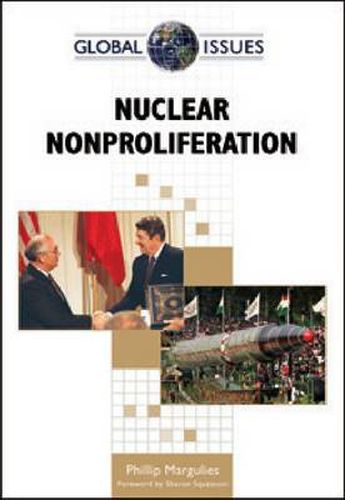Readings Newsletter
Become a Readings Member to make your shopping experience even easier.
Sign in or sign up for free!
You’re not far away from qualifying for FREE standard shipping within Australia
You’ve qualified for FREE standard shipping within Australia
The cart is loading…






When Swedish chemist Alfred Nobel invented dynamite in 1867, he never could have predicted the unprecedented devastation that would occur as a result of his discovery. History suggests that the existence of a weapon leads to its eventual use in war, as illustrated by the dropping of the atomic bomb on the Japanese cities of Hiroshima and Nagasaki in 1945. At the opening of the atomic age, scientists, political analysts, generals, and politicians were haunted by the idea that nuclear wars could not be won; both sides would be virtually destroyed. The stakes of the game have only continued to rise as the ‘club’ of nations currently possessing nuclear arms has become less and less exclusive: the United States, the Soviet Union/Russia, England, France, China, Israel, India, Pakistan, and North Korea.Following a detailed analysis of this timely issue,
Nuclear Nonproliferation
explores the threat of nuclear production and the potential for solutions in four regions of the world - the United States, South Asia (India and Pakistan), the Middle East (Israel, Iraq, and Iran), and East Asia (North Korea). Tables, graphs, diagrams, and helpful primary source documents complete this comprehensive volume.
$9.00 standard shipping within Australia
FREE standard shipping within Australia for orders over $100.00
Express & International shipping calculated at checkout
When Swedish chemist Alfred Nobel invented dynamite in 1867, he never could have predicted the unprecedented devastation that would occur as a result of his discovery. History suggests that the existence of a weapon leads to its eventual use in war, as illustrated by the dropping of the atomic bomb on the Japanese cities of Hiroshima and Nagasaki in 1945. At the opening of the atomic age, scientists, political analysts, generals, and politicians were haunted by the idea that nuclear wars could not be won; both sides would be virtually destroyed. The stakes of the game have only continued to rise as the ‘club’ of nations currently possessing nuclear arms has become less and less exclusive: the United States, the Soviet Union/Russia, England, France, China, Israel, India, Pakistan, and North Korea.Following a detailed analysis of this timely issue,
Nuclear Nonproliferation
explores the threat of nuclear production and the potential for solutions in four regions of the world - the United States, South Asia (India and Pakistan), the Middle East (Israel, Iraq, and Iran), and East Asia (North Korea). Tables, graphs, diagrams, and helpful primary source documents complete this comprehensive volume.